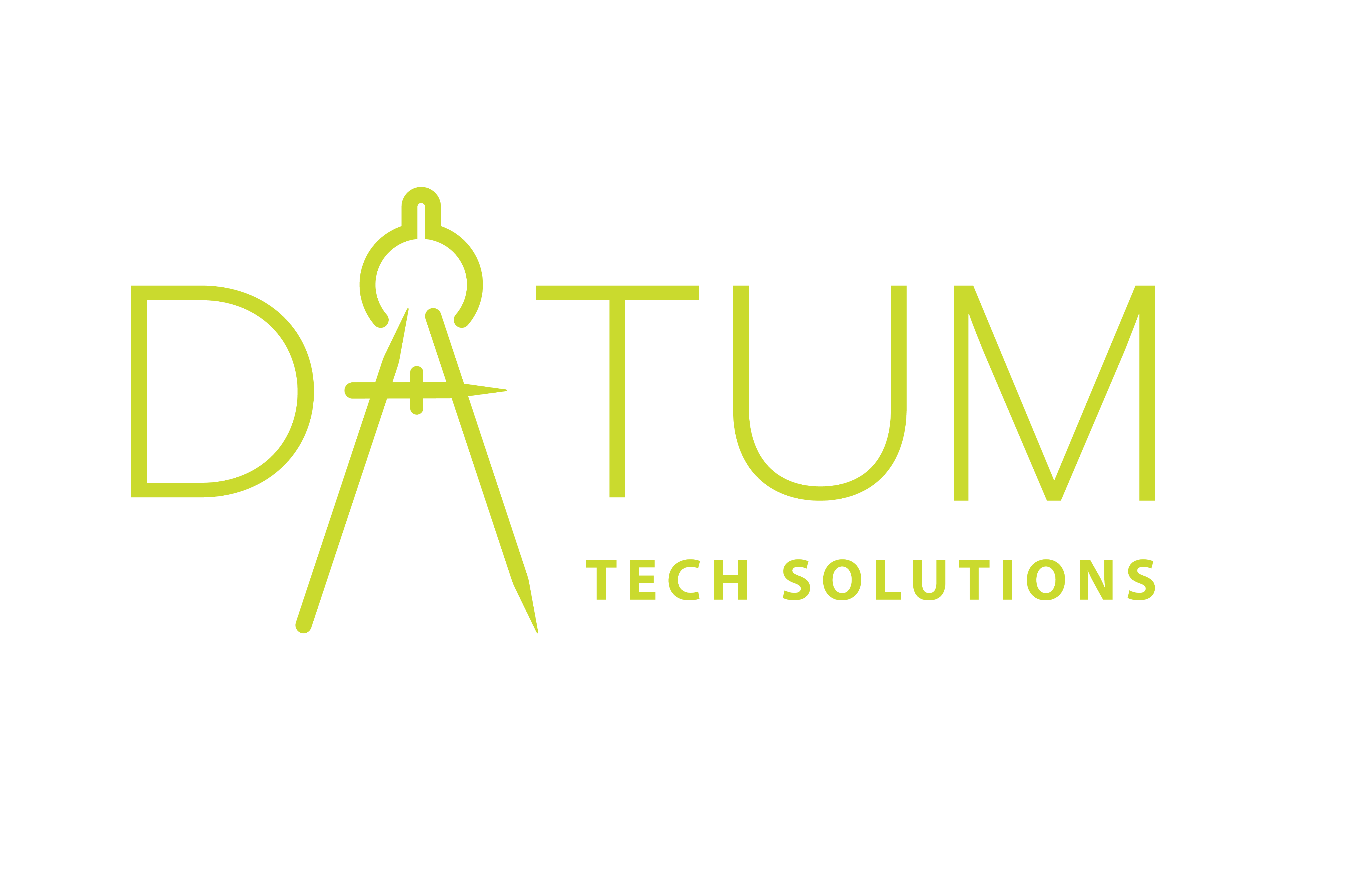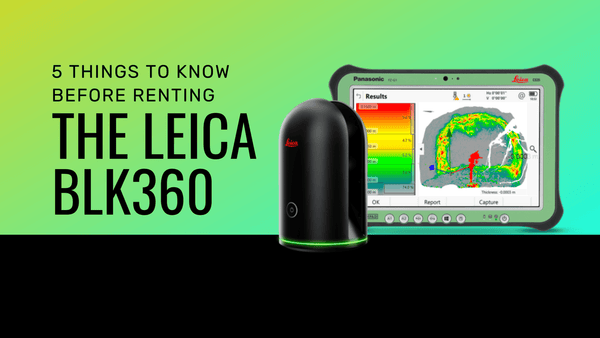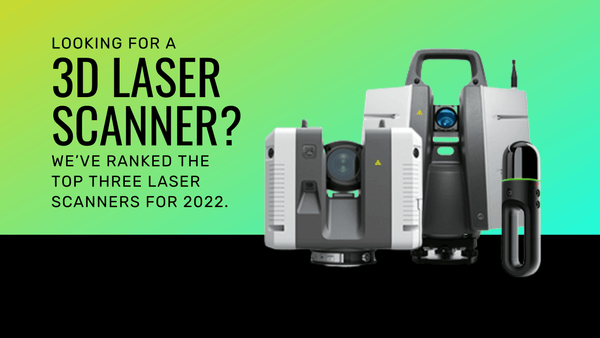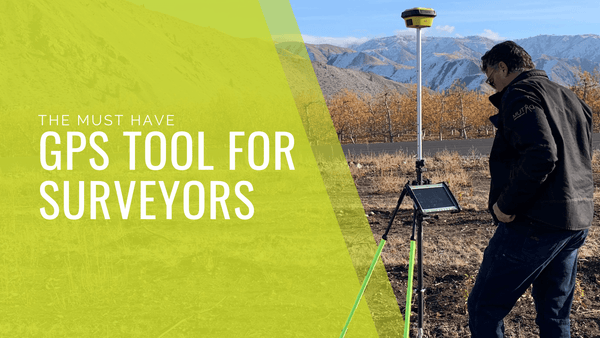What Challenges Does a Digital Twin Solve? Preserving Culture, Art, History and our Planet

Nearly twenty years ago the term digital twin was used by Dr. Michael Grieves, the Chief Scientist for Advanced Manufacturing at the Florida Institute of Technology in a presentation on Product Lifecycle Management. While the concept of a digital twin has been around since the 1960s, early 1970s, the technology has exploded in its applications and abilities largely due in part to the internet, software and our ever-expanding ability to collect and disseminate data. While Grieve’s presentation and whitepaper highlighted the benefits of a digital twin in manufacturing systems and processes, the capabilities and applications of the virtual technology have grown fruitful roots in other markets in recent years.
If you aren’t caught up on all matters of tech, fret not. In this blog we’ll be addressing the basics of digital twin technology, introducing a few of the “tools” required to make digital twins a reality and dive into some of the more interesting projects that are a direct result of the technology itself. Digital twins are not only imperative to business, they support three pillars of human knowledge and reasoning (conceptualization, comparison and collaboration) and aid us in preserving many aspects of culture, art, history and our planet.
So, What Exactly is A Digital Twin and How Are They Born?
To put it as succinctly as possible, a digital twin is “the virtual representation of a physical object or system across its life-cycle.” In many instances it is an exact virtual model of an object and how we as humans interact with that object. The object could be a museum gallery, a spaceship or a wind turbine farm … the possibilities are endless.
While a digital twin is the virtual representation of a physical object it requires the assistance of an IoT (Internet of Things) infrastructure, IoA (Internet of Actions), information communication technology (ICT), and of course software so that the twin itself can be rendered on your computer screen. While IoT, IoA, ICT and software are all critical components of bringing a digital twin to life, the focus here will be the process by which we go about obtaining the visual representation of the physical object in the first place.
In some of the most interesting cultural examples, Building Information Modeling (BIM) is the first step in creating a digital twin. 3D laser scanning is currently the quickest and most precise technique for creating a digital representation of an object or an environment. Some of the most advanced scanners on the market can capture upwards of two million external surface data points per second rendering 3D point clouds in minutes. These point clouds coupled with HDR imaging systems result in exact 3D renderings of physical objects or environments. These scans are being used to preserve and restore historical buildings and artifacts, create virtual tours of museums and duplicate real life environments in video games.
Museum Curators Ponder the Possibilities of Digital Twin Technology

During a recent visit to Seattle’s non-profit air and space museum, The Museum of Flight, we spoke with the museum’s Exhibits Developer and Digital Engagement Manager, Peder Nelson, about what a digital twin can offer visitors, the curatorial department and historical preservation enthusiasts. The Museum of Flight is a Smithsonian Affiliate and regularly hosts historical artifacts, collections and exhibitions from around the United States. From the APOLLO exhibit which houses the rocket engine that launched APOLLO to the moon and the Untold Stories collection that commemorates the end of WWII through rarely seen artifacts, the museum has a lot to offer air and space aficionados and the general public. It also has taken on a large responsibility in ensuring that these collections are preserved and shared with the public in an engaging and educational way.

Nelson reiterated that the creation of a digital twin in tandem with sensors will allow the museum to regulate the temperature, humidity and HVAC system with a greater degree of control and precision. From pilot logbooks from the 1940s and fragile paper maps to the camera used by Lee Embree to capture the first images of the attack on Pearl Harbor there are countless artifacts in the museum’s collection that require a great deal of care. Having the ability to control the museum’s environment from one central control panel saves the museum time, money and allows the staff to focus their efforts on curating the next gallery or creating the next virtual tour — a necessary commodity during a time when regular outings to our nation’s cultural institutions are less accessible.

Last year the museum’s exhibit and curatorial departments worked in tandem with engineers to lift its North American P-51 Mustang from the ground level of the WWII Gallery to its new home on a high-rise platform using a system of pulleys, levers and engineered pressure points. In its new location, the fighter-bomber is more visibly appealing to visitors and also out of reach from the curious hands of the museum’s younger aircraft enthusiasts. Had the museum had a digital twin last year, the process of transporting the P-51 Mustang to its new home would have been more cost effective and an overall more efficient process. Nelson noted that without the assistance of a digital twin the team had to create paper drawings and models as part of the planning phase. The WWII Gallery houses very fragile aircraft. 3D laser scans, BIM and digital twins can aid the team in envisioning new exhibits and creating more immersive experiences for guests like VR tours of the galleries and the cockpits of planes.
From visitor flow and the safety of its guests to minimizing very involved projects that were once done completely by hand, the museum sees digital twin technology as a resource that will allow the museum to bring new immersive experiences and artifacts to the public for their enjoyment all while preserving history.
Apollo 13: History’s Favorite “Twinning” Story
While the internet and software have allowed the possibilities of digital twin technology to burst onto the scene of many markets, NASA has been implementing “twinning” ideas since the late ‘60s. In many cases, like the Apollo 13 mission in 1970, NASA replicated exact, to-scale physical systems here on Earth to match the systems that were up in space. Now, these systems are replicated virtually.
Apollo 13 and its crew found themselves in a disastrous, life-threatening situation when an oxygen tank onboard the spacecraft exploded on the second day of translunar flight. No longer was the crew and its ground support interested in landing on the moon but rather ensuring the survival of the three astronauts on board. A digital twin of spacecraft Odyssey and Aquarius was critical to ground control’s ability to test possible solutions to the problems the astronauts were facing more than 200,000 miles away from home.
The 1995 film, “Apollo 13” starring Tom Hanks, Kevin Bacon and Bill Paxton is a notable film that provides viewers with a glimpse into the world of digital twin technology from the early 1970s. In the scene, square peg in a round hole, the Houston ground team is charged with engineering a filter system (emergency scrubbers) that can mitigate the problematic carbon dioxide levels the astronauts are facing up in space — the astronauts were on the precipice of dying from the exhaust from their own lungs. Improvisation was key. Using only the materials found aboard spacecraft Odyssey, the ground team was able to engineer a filter using only plastic bags, cardboard and tape. It wasn’t pretty but it got the job done. Not the most technical or sexiest application of digital twin technology, but in the end it saved the lives of the three astronauts. See, you did know a thing or two about digital twins!
Preserving Portland’s Pittock Mansion
Pittock Mansion sits on the West Hills of Portland, Oregon. The mansion was completed in 1914 by Henry Pittock who by many accounts is most well known for his transformation of The Oregonian, a daily newspaper that is still in circulation today. The mansion faced disaster in the fall of 1962, when hurricane-force winds caused serious damage to the building. There was interest by developers to completely tear down the structure, but Portland citizens rallied together, raised money and had the mansion restored. In 1965 the mansion opened to the public as a “historic house museum” and to this day it remains a recognizable and oft-visited landmark run by The Pittock Mansion Society, a 501(c)3 non-profit organization dedicated to inspiring the stewardship of Portland’s economic and cultural history.
The Pittock Mansion is an important symbol to Portland’s history. Having faced its near demise in the 1960s and its subsequent restoration soon thereafter, The Pittock Mansion Society wanted to ensure that any potential future threats to the historic house museum could be remedied and that the building could be brought back to its original condition. The French Renaissance-style home was built with local and regional materials featuring curved wooden floors and 23 rooms, including a Turkish smoking room and a library. In steps digital twin technology.
State-of-the-art 3D scanning equipment, the Leica P40 scanner and the BLK360, were brought onsite to the Pittock Mansion to precision scan the 46-room interior and the massive exterior property. The results of the project are quite incredible and with the use of point cloud technology and HDR imaging the historical site is now digitally preserved. In the event that the mansion undergoes damage from natural causes or usual wear and tear, a team of restoration experts and engineers will be able to refer to the mansion’s digital twin for restoration and preservation purposes.
Digital twins aren’t simply virtual models that are fun to explore and manipulate on screen, they are creating new immersive worlds, preserving culturally prominent landmarks and artifacts, saving lives and creating new avenues for business. If the possibilities of digital twin technology peaks your interest, be sure to check out this article on how a video game aided in restoring a medieval cultural landmark and institution.




